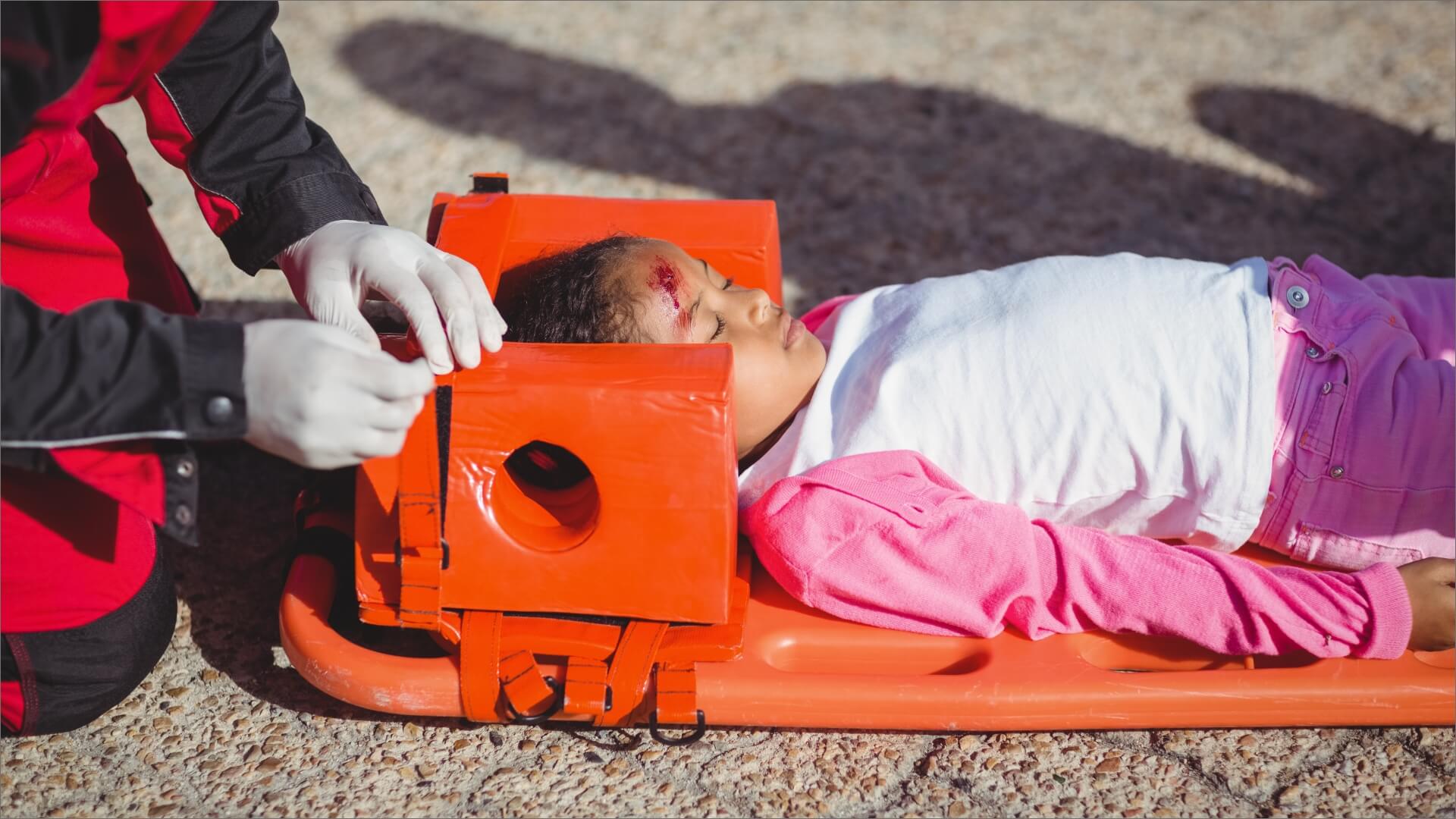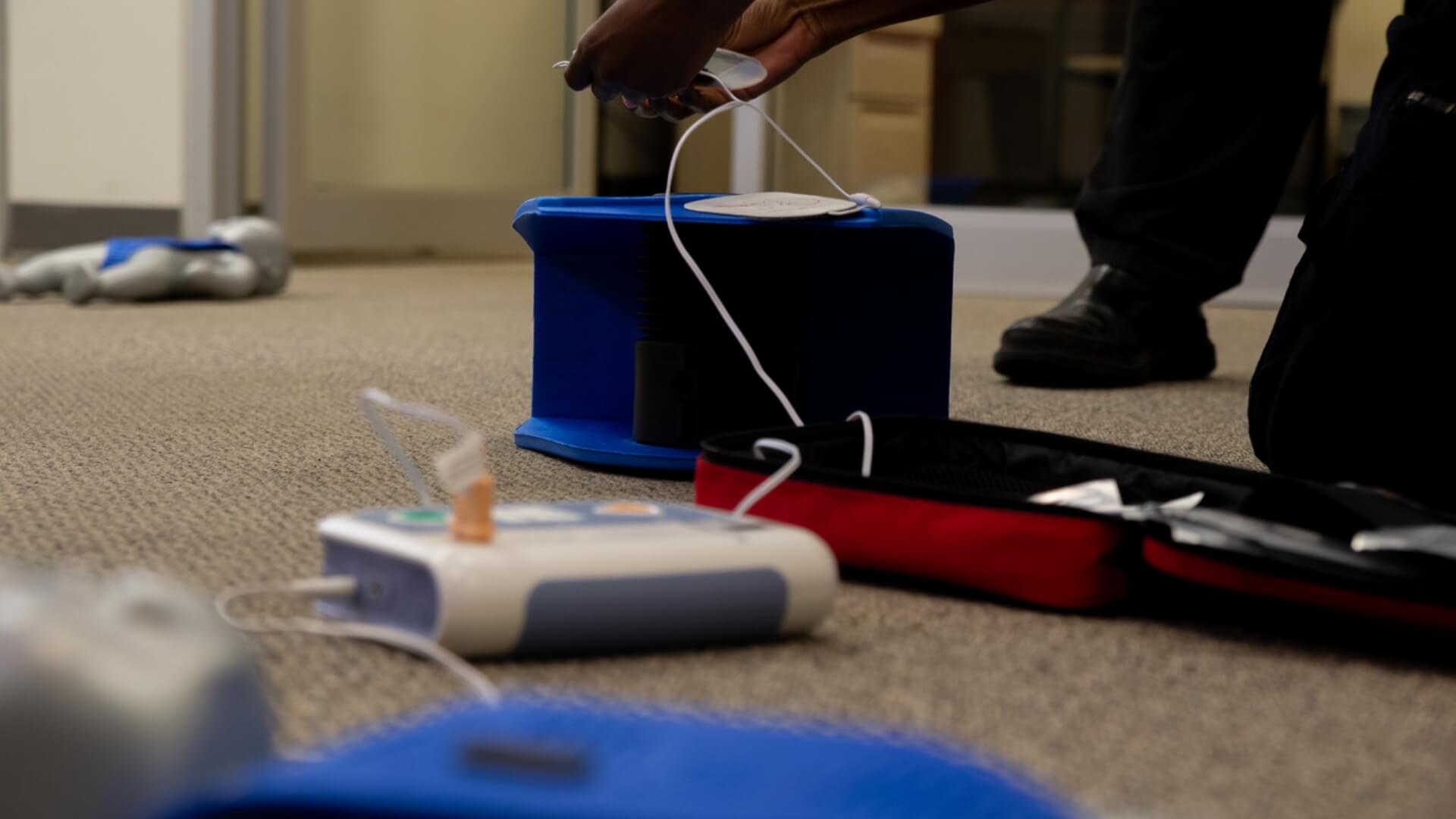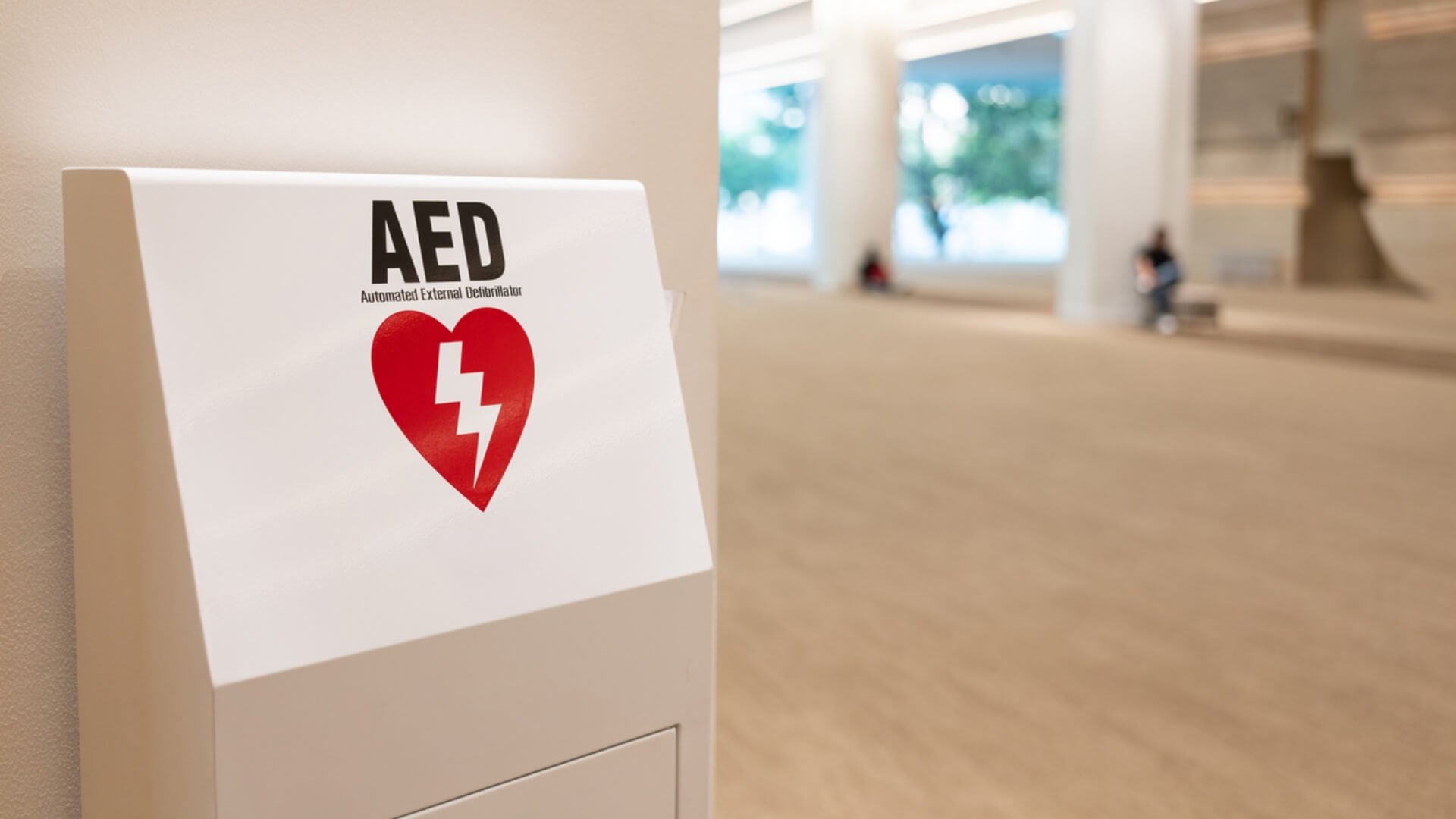In sudden cardiac arrest (SCA), the heart stops beating normally. It starts to quiver, which disrupts blood flow to the brain and body. This critical event leaves only a brief moment for effective intervention. If no one takes action right away, the heart will stop beating. This can cause sudden cardiac death.
Automated external defibrillators, or AEDs, are vital tools. They help restart a normal heart rhythm during sudden cardiac arrest. They can save lives. While it’s rare, there are specific situations where using an AED isn’t appropriate. Knowing when to use an AED and its exceptions helps you respond better in an emergency.
Situations in Which You Shouldn’t Use an AED
In rare cases, using a defibrillator may be unnecessary or have little to no effect. In these cases, it is best to avoid delivering a shock. This ensures safe and proper care.
The person is suffering from a heart attack.
Many people think a heart attack and cardiac arrest are the same. Yet, they are actually very different medical emergencies. A heart attack happens when blood flow gets blocked. Cardiac arrest, then, is due to a sudden electrical problem in the heart. Since a heart attack isn’t caused by an electrical issue, using an AED won’t be effective in that situation.
Fortunately, there’s a clear way to tell the difference. If a person is conscious, breathing, and in pain, they may be having a heart attack or another issue. In this case, an AED isn’t needed, but calling for emergency help is still very important. If the person is unresponsive and not breathing well, they may be in cardiac arrest. Using a defibrillator right away could save their life.
The AED is faulty or has expired parts.
AEDs do self-checks to stay working. A green light means they are ready to use. Before relying on the device, it is also important to check that the battery and pads haven’t expired. An expired or weak battery can prevent the AED from working properly when it is needed most.
- Call 9-1-1.
- Perform hands-only CPR.
- Send someone to look for another defibrillator.
- Keep doing hands-only CPR until the emergency services get there.
The victim has a DNR.
While not a safety concern, this raises an important ethical consideration. A DNR bracelet or tattoo shows a person’s wishes. Using a defibrillator on someone with these signs might go against their wishes. So, it should be done carefully.
Good Samaritan laws usually protect you when you help someone in an emergency. If there is a clear do-not-resuscitate order, you might have a hard choice. You must decide whether to honor the person’s wishes or try to save their life.
When to Use a Defibrillator
Use an AED right away during cardiac arrest. But don’t use it if the device is broken or if you decide to honor a clear DNR order.
Fainting is often the first noticeable sign of cardiac arrest. A person who doesn’t react to yelling or touch and is gasping irregularly might be in cardiac arrest. Immediate action is crucial.
- Begin chest compressions immediately while another person contacts emergency services. Only trained individuals in CPR should give rescue breaths.
- Have someone rush to retrieve the closest AED device.
- Place the AED pads on the person’s chest as directed and follow the voice prompts from the device.
Every moment matters in cardiac arrest. Survival chances decrease by about 5.5% for each minute without CPR, defibrillation, or medical help. Quick action is critical.
Extra Warnings
Certain situations may need extra care when using an AED. Don’t let these factors stop you from helping. They may change how the treatment uses the device.
The victim is wet or lying in the water.
Move the victim away from any wet surface. Dry their chest before using the AED. Water conducts electricity, so this step is essential. If you see flammable things like fuel or solvents nearby, move to a safer spot before giving a shock.
The victim has a medication patch or a pacemaker.
A pacemaker appears as a small, firm bump under the skin, usually on the chest. Avoid placing an AED pad directly over it, as it may interfere with the shock. Instead, position the pad nearby without overlapping the device.
If there is a medication patch on the chest, take it off and wipe the area before placing the AED pad. Applying the pad over the patch can reduce the shock’s effectiveness and may cause minor burns.
The victim has a hairy chest.
Thick chest hair can prevent the AED from properly analyzing the heart’s rhythm. AHA guidelines say to remove this quickly. This helps ensure the pads make good contact.
- If you have a razor, shave the area where the pads will be placed to ensure they stick properly.
- If you don’t have a razor, use spare electrode pads. Press them firmly on the skin and pull them off quickly to remove chest hair. Then, place a new set for treatment.
- Press the pads with enough pressure against the chest to ensure good contact. Avoid touching the person’s skin when delivering the shock.
Infants, children, and pregnant women
Portable defibrillators are safe for infants, children, and pregnant women. Yet, the situation may must some precautions.
- For kids under 8 or around 55 pounds, use pediatric pads. If the AED has an infant/child setting, switch to that. It lowers the shock intensity. If those options aren’t available, you can still use adult pads.
- Ensure the pads do not overlap. For infants or small children, put one pad in the center of the chest. Place the other pad on the upper back, between the shoulder blades. This setup helps with spacing and contact.
- Defibrillators are safe to use on pregnant women without adjustments. If someone wears a bra, they should remove it to allow clear access to the chest, cutting it if needed. To maintain privacy, bystanders can stand nearby and face outward.
External Defibrillator Side Effects
Automated external defibrillators are usually safe and effective. If used incorrectly, they may fail to deliver the necessary shock. This can leave someone in cardiac arrest without help.
Some people might get slight skin irritation from the adhesive on defibrillator pads. Yet, this is rare and usually mild. In a case with a wearable defibrillator, the reaction was simple to treat. It improved rapidly after someone removed the pads. Following proper guidelines can also help reduce the risk of other issues, like burns.
What if there is no shock advised?
In some cases, the AED may analyze the heart and/or show “no shock advised.” If this happens, keep doing chest compressions. Also, keep the pads in place. The rhythm might change to one that needs a shock.
You have minutes to decide.
Knowing when to use a defibrillator depends on a few key points. Often, finding the right moment is easy. Ask a few key questions.
- Is it cardiac arrest?
- Is the AED operable?
- Is it safe to deliver electric shocks to the victim?
If all answers are yes, it’s the right time to use the defibrillator. If even one is no, you may need to take a different course of action.
Cardiac emergencies can strike without warning. That’s why having a dependable AED, like the ZOLL AED Plus or Defibtech Lifeline, is crucial. Having one nearby could make all the difference in saving a life.
FAQs
What are the contraindications for using an AED?
Use an AED during sudden cardiac arrest. This is when the person is unresponsive and not breathing normally. There are rare reasons not to use AEDs. These include having a valid Do Not Resuscitate (DNR) order or if the device isn’t working. Do not use AEDs if the person is conscious or breathing normally. These signs mean they are not in cardiac arrest.
Can you use an AED on a person with a pacemaker?
Yes, you can use an AED on someone who has a pacemaker. Yet, you should avoid placing the AED pad directly over the pacemaker device. Instead, position the pad slightly away to ensure the shock is delivered effectively. Using an AED with a pacemaker in place is generally safe and can still save the person’s life if used correctly.
Can an AED be used on infants, children, and pregnant women?
Use an AED on anyone in cardiac arrest. This includes infants, young children, and pregnant women. Use pediatric pads or a child setting for kids under 8 or weighing less than 55 pounds, if possible. In pregnant women, no changes are needed. Ensure the chest is clear for pad placement.
What should I do if the person has a medication patch or chest hair?
Before placing AED pads, remove any medication patches and wipe the area. If there is excessive chest hair, use a razor if available. If not, a quick press and pull with a spare set of AED pads can help remove the hair. This ensures proper contact and improves the effectiveness of the shock.
Can you use an AED in wet or hazardous environments?
Avoid using an AED in standing water or near flammable materials. Move the person to a dry area, dry their chest completely, and ensure safety before applying the pads. Water and electricity don’t mix, and safety is critical for both the rescuer and the victim.
What if the AED says, “No shock advised”?
If the AED says “No shock advised,” keep doing chest compressions. Don’t remove the pads. The heart rhythm may change, and the AED will reanalyze and deliver a shock if needed.
Conclusion
Understanding when and how to use an AED is essential in any emergency response. Automated external defibrillators (AEDs) are generally safe and effective. Yet, knowing the rare exceptions is important. For example, there are contraindications for AED use. Also, be careful about how to place pads on someone with a pacemaker. These details can make a big difference in emergencies. Use an AED right away during sudden cardiac arrest. Quick action can save a life. With the right knowledge and prep, you can respond confidently in key moments. Keep a functional AED nearby. Every second counts.



